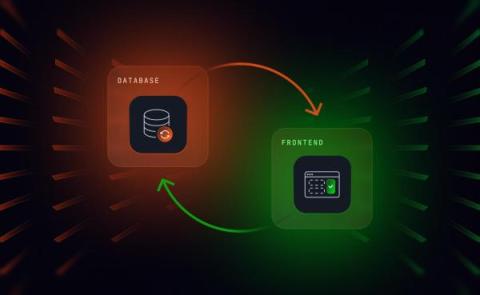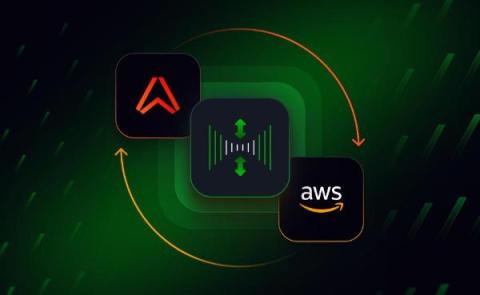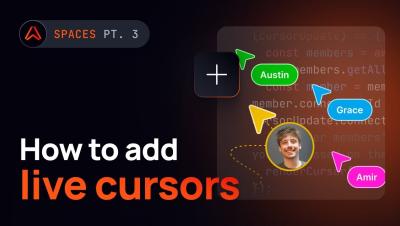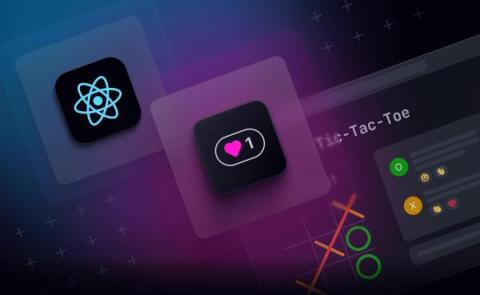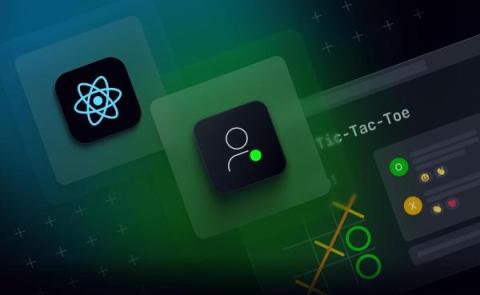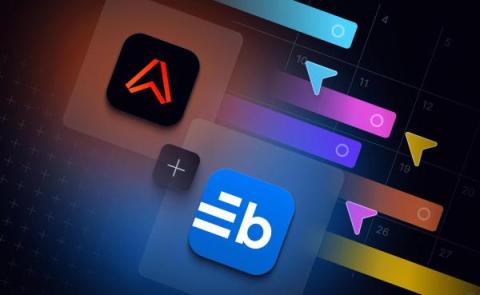Systems | Development | Analytics | API | Testing
Ably
Reliably syncing database and frontend state: A realtime competitor analysis
Overcoming scale challenges with AWS & CloudFront - 5 key takeaways
Live cursors with JavaScript and Ably Spaces (3/4)
Component locking with JavaScript and Ably Spaces (4/4)
How to enable reaction emojis for in-game chat with React
The no-nonsense guide React Server Components
Using Presence in in-game chat: Is the other person still there?
How to build a live chat widget in React
Live chats have revolutionized customer support, offering seamless and instant communication between businesses and their customers. When building a live chat, there are two main components on the client side: a chat button and a chat window. The chat button is a clickable icon on your website to prompt visitors to start a conversation. The chat window is the interface where the actual conversation occurs.
Creating shared live schedules using Bryntum and Ably
With collaboration tools out there always pushing the frontier of responsive design in applications, such as Miro in the design space, it’s important to ensure that your own applications are providing the functionality developers are now expecting. A fairly typical tool used by all, be it employees of a business attempting to organize a schedule, or individuals organizing their own social lives, are schedulers.



